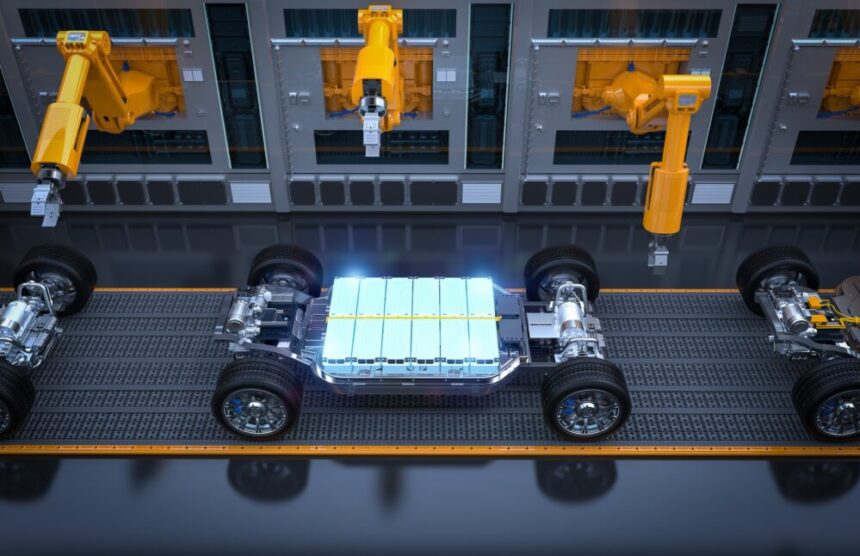In the year 2024, the global market saw a significant increase of 26.1% in the number of electric passenger cars available. This surge in popularity of battery-electric vehicles and plug-in hybrids resulted in a higher demand for EV batteries. Gigafactories around the world were able to achieve a total cell output of 867.8GWh for EV batteries, a 21.2% increase compared to the previous year.
Battery suppliers measure their output in GWh, with each GWh equivalent to one million kilowatt hours (kWh). This measurement is commonly found in the specifications of battery-electric vehicles (BEVs). For instance, an average BEV with a capacity of 50kWh could be powered by 1GWh of batteries, providing energy for around 20,000 models.
Although there was a growth in production volume in 2024, the rate of improvement was the lowest since EV Volumes started tracking cell output in 2014. The previous years saw more substantial growth percentages, indicating that many gigafactories may have reached their full production capacities.
Leading the pack in EV battery production once again was Chinese supplier CATL, surpassing the 300GWh mark for the first time with a total output of 300.8GWh in 2024. This accounted for 34.7% of the total cell output for the year, solidifying CATL’s position as the top manufacturer in the market.
BYD secured the second spot for the third consecutive year, producing 156.8GWh of EV batteries in 2024. LG Energy Solution claimed the third position with a production of 108GWh. Panasonic and CALB followed in fourth and fifth place, respectively.
Further down the rankings, Samsung SDI, Sunwoda, Farasis Energy, and Gotion rounded out the top ten EV battery manufacturers. Notably, Sunwoda and Farasis Energy, the two newest entrants, showed significant growth in their cell output in 2024.
The competition among EV battery manufacturers is fierce, with companies constantly innovating to improve their production capacities and technologies. Partnerships between battery suppliers and automotive manufacturers are becoming more common, leading to advancements in battery-swapping technologies and new battery-cell developments.
As the demand for electric vehicles continues to rise globally, the EV battery market is poised for further expansion and innovation in the coming years. With leading manufacturers like CATL and BYD at the forefront of production, the future looks bright for the EV industry.





